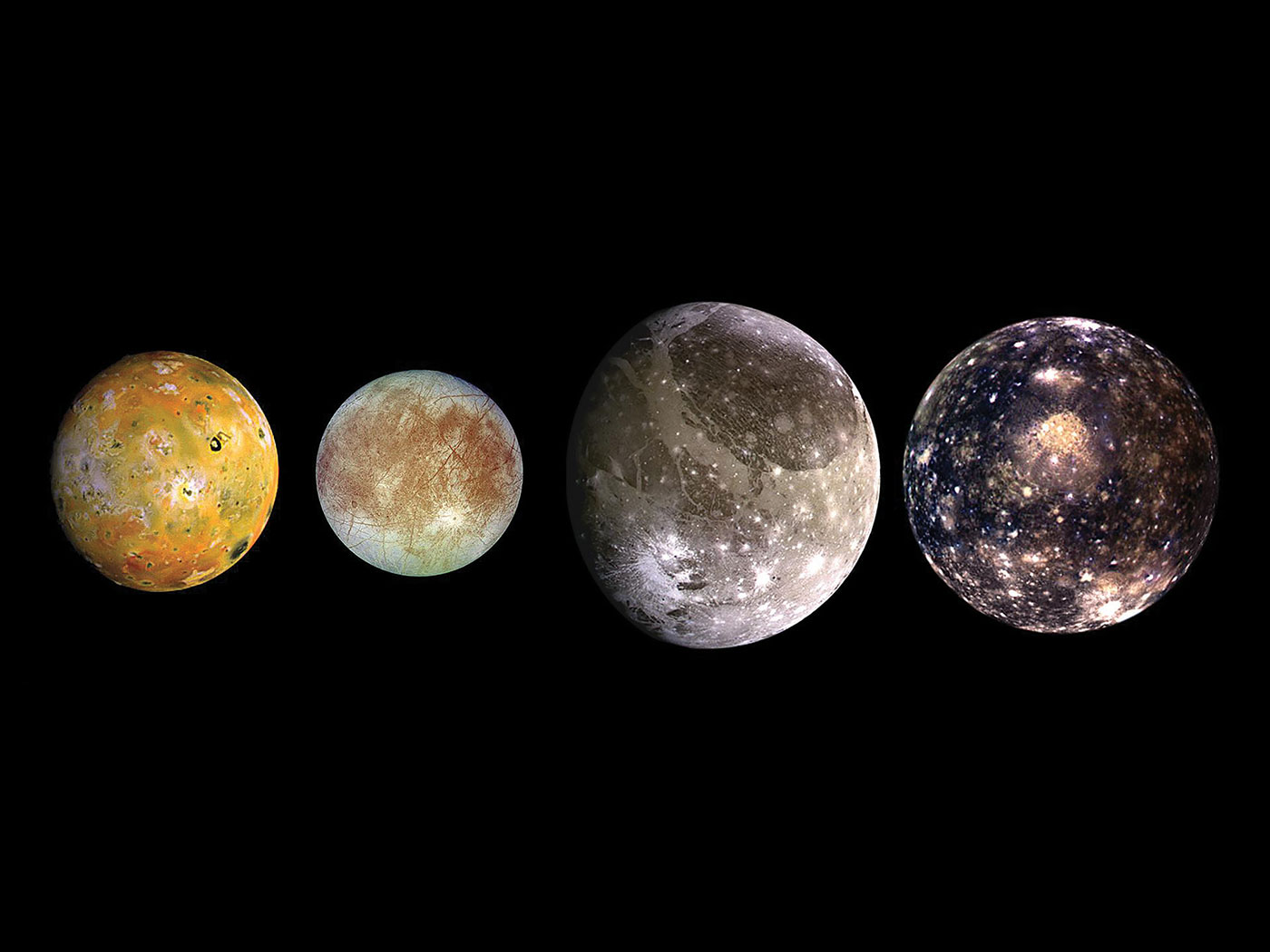On July 29–30 this past summer, 128 creationists gathered at Concordia University in Ann Arbor, Michigan, to attend the Creation Research Society’s annual conference. Headquartered in Chino Valley, Arizona, the Creation Research Society (CRS) is a professional organization of scientists and laymen who are firmly committed to scientific special creation. This year’s conference saw a fascinating cross-section of research conducted by individual scientists and teams under the umbrella of organizations such as the Institute for Creation Research and Answers in Genesis.
ICR’s Dr. Jake Hebert presented an update on his seafloor-sediment work, which is nearing completion. This research was well received at both the 2015 and 2016 CRS meetings. Creation scientists have a compelling explanation for a single post-Flood Ice Age. Because uniformitarian scientists reject the Bible’s history, they cannot make use of this explanation and must propose alternatives. Currently, the Milankovitch (or astronomical) theory is widely accepted because of a 1976 paper published in the journal Science. Dr. Hebert found problems with this paper that are serious enough to invalidate its results. He is in the process of re-working the original calculations after taking into account a significant revision that uniformitarian scientists made to their timescale. Dr. Hebert already published the first two parts of his research and is finishing up part three.1 These results have the potential to be profoundly challenging to uniformitarian scientists.
Dr. Randy Guliuzza presented “Continuous environmental tracking: key sensors and condition-consequence processes.” This project examined whether creatures actively track environmental change through inborn mechanisms that enable them to fill new niches. This opposes the idea that creatures are relatively passive organisms whose adaptations are mostly driven by geological and climatic pressures, as described in Stephen J. Gould’s The Structure of Evolutionary Theory. Dr. Guliuzza showed that “sensors are the key element at entity-environment interfaces—the principle trigger of self-adjusting systems.” He went on to explain that “organisms’ sensors facilitate environmental tracking,” and he also presented some of the increasing evidence showing God engineered creatures with systems that detect changes in external conditions and then effect needed self-adjustments.
Dr. Jason Lisle gave an outstanding presentation regarding “the fallacious nature of all old-earth arguments.” He examined the logical structure of the scientific arguments used to support the idea that Earth is billions of years old. Dr. Lisle showed that old-earth arguments tacitly and arbitrarily presuppose conditions that are only reasonable to hold if biblical history is rejected. Using such assumptions as an argument against the biblical timescale is fallacious since the argument’s conclusion is part of the argument’s premise.
Dr. Tim Clarey presented a plenary session titled “Megasequences, Ecological Zonation and the Fossil Record: A Tale of Two Continents.” This presentation updated his ongoing research into the global nature of the Flood sediments, in this case detailing the Flood as recorded in the stratigraphic columns of North America and Africa. Dr. Clarey documented many similarities in the observable rock record across both continents. These data continue to confirm the global nature of the Flood and may even explain the order of the fossil record.
Dr. Clarey presented a second paper co-authored with Dr. Jeff Tomkins titled “An In Situ Lycopod Forest Site in Glasgow, Scotland Invalidates the Floating Forest Hypothesis.” This presentation put forth convincing fossil evidence invalidating the speculation held by some creationists that large continent-size marine floating forests may have existed prior to the global Flood. Instead, the fossil data clearly show that the plants supposedly associated with a floating forest (arboreal lycopods) were in fact embedded in ancient soil that was inundated and buried in Flood sediments. In addition to the fossil data presented in this talk, Dr. Clarey published a paper on a variety of geological data that also invalidate the floating forest idea.2
The 2016 CRS conference was a confirmed success with exceptional presentations and a record number of attendees. Join us next year!
References
- Hebert, J. 2016. Revisiting an Iconic Argument for Milankovitch Climate Forcing: Should the “Pacemaker of the Ice Ages” Paper Be Retracted? Part 1. Answers Research Journal. 9: 25-56; Hebert, J. 2016. Revisiting an Iconic Argument for Milankovitch Climate Forcing: Should the “Pacemaker of the Ice Ages” Paper Be Retracted? Part 2. Answers Research Journal. 9: 131-147.
- Clarey, T. 2015. Examining the floating forest hypothesis: a geological perspective. Journal of Creation. 29 (3): 50-55.
Image credit: Copyright © 2016 D. Faulkner. Adapted for use in accordance with federal copyright (fair use doctrine) law. Usage by ICR does not imply endorsement of copyright holder.
* Mr. Sherwin is Research Associate, Senior Lecturer, and Science Writer at the Institute for Creation Research.





















